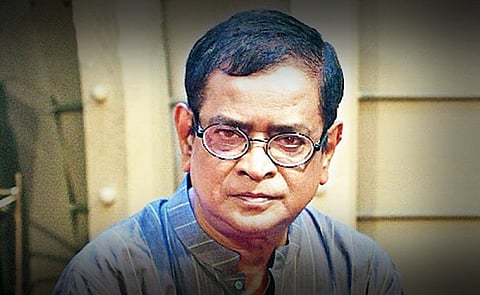The man who would not die
I was born in a liberated Bangladesh, a good few years after 1971. But the songs of freedom, the deaths of freedom fighters, the evolving definition of Bangladesh, and questions of what it meant to be a Bangladeshi were still hanging heavy in the air. Growing up in Dhaka in the 1980s, I was lucky to experience these emotions first-hand. My parents, who survived the nine-month-long war, raised their children with all the comforts they could possibly offer, including books in Bengali by writers writing for children born in the liberated Bangladesh. These writers, whose works were circulated in every literate Bangladeshi household, included Rabindranath Tagore, Nazrul Islam, Sukumar Roy, Satyajit Ray, Ashapurna Debi, Lila Majumdar, Sunil Ganguli and Shirshendu Mukherjee. Humayun Ahmed was not one of them.
It was not until the mid-80s that Humayun Ahmed's novels Shankhonil Karagar (Shankhonil prison) and Nondito Noroke (In a blissful hell) became popular at annual book fairs. Ahmed wrote like he was one of us, a person of the new Bangladesh; he could have been our father, our uncle, our elder brother, or even someone girls wanted to fall in love with. He spoke our language, the language of the moment, uncomplicated and lucid. In his books he wrote about the war; about Bangladeshi family dynamics, melancholy and cultural innuendoes; and about the silent, small and large crimes against women, and their aftermaths. And he wrote it all in the most genuine of ways, as though he had lived through each of these experiences, just as many of us had. When we read him, we felt like these were our stories, only the characters were slightly eccentric.

